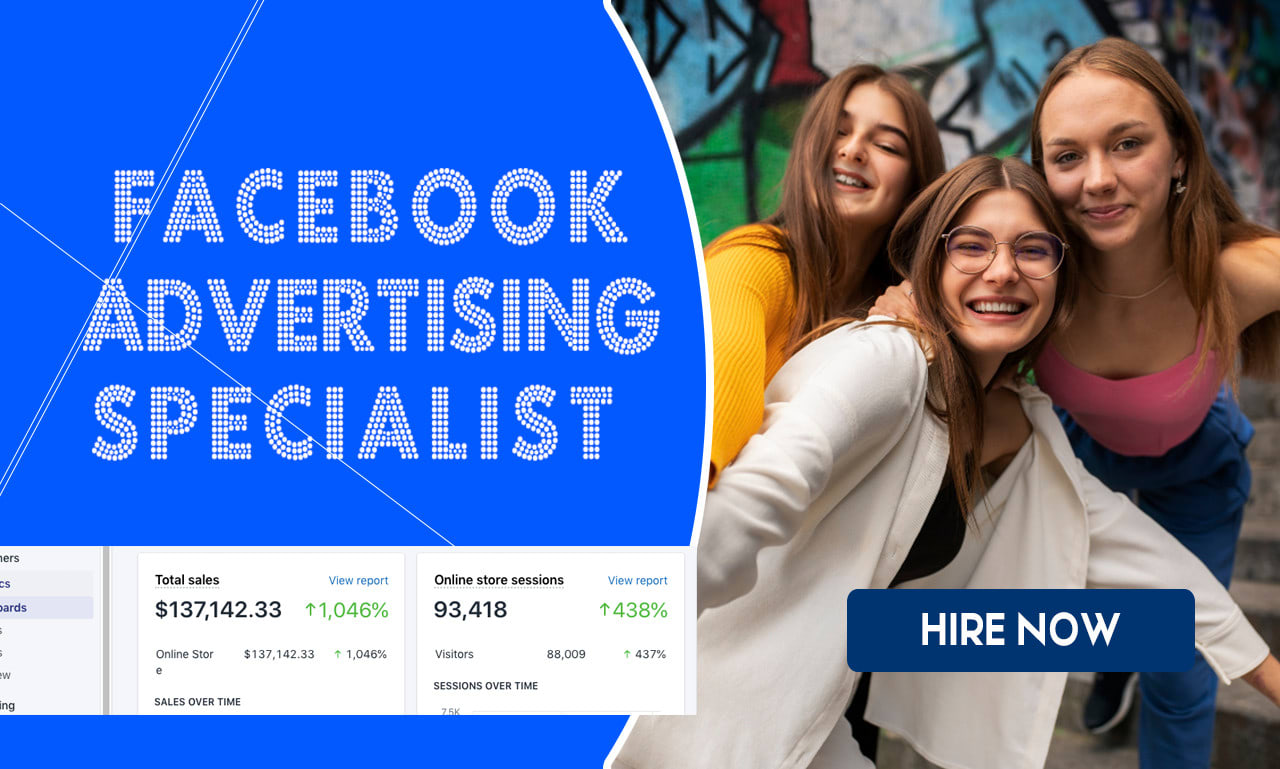 [ad_1]
[ad_1]
Opinions expressed by Entrepreneur contributors are their own.
LinkedIn is a powerful platform for thought leaders to build their personal brand, establish credibility and connect with a broad audience. However, to truly stand out, it's important to diversify your content and go beyond the standard updates and announcements.
This is where the STEP Content Framework comes in, offering a strategic way to organize and maximize your LinkedIn presence. It includes five types of content: Storytelling, Thought Leadership, Engaging, Personal, and Promotional.
By leveraging this framework, you can create a well-rounded content strategy that consistently engages your audience and enhances your personal brand.
Related: With This LinkedIn Algorithm Change, Your Best Posts Could Reach New Readers for Months
1. Storytelling
Storytelling helps thought leaders connect with their audience on a deeper, more personal level. Sharing stories — whether personal, historical or trending — creates relatable and memorable content. As Gillian Sarah says, "But it's not just about sharing your story; it's about telling it in a way that resonates with your audience and aligns with your personal brand."
Types of storytelling content:
- First-hand stories and experiences: Reflect on personal milestones, challenges you've overcome, or unexpected lessons. Sharing your biggest wins or first experiences in your industry can build relatability.
- Famous or historic stories: Drawing from biographies, historical events, or pop culture tie-ins can link your ideas to stories people already know and care about.
- Real-time, trending stories: Reference current events or viral content to create timely, relevant posts. Tools like Google Alerts or social media monitoring help you stay informed.
Storytelling makes your content more relatable and builds a stronger connection with your audience. Sharing stories that resonate makes your content easier to remember and more impactful.
2. Thought leadership
Thought leadership content positions you as an expert in your field. Western Govern University describes thought leadership as "the expression of ideas that demonstrate you have expertise in a particular field, area, or topic." By offering fresh insights, simplifying complex ideas, and sharing industry news, you reinforce your authority and give your audience reasons to trust and follow your expertise.
Types of Thought Leadership Content:
- Tips and tricks: Share practical advice, best practices, or simplified processes that help your audience solve specific problems.
- Fresh insights: Provide unique perspectives, debunk common myths, or offer surprising truths about your industry. You can also forecast future trends or make cross-industry comparisons.
- Industry news and data: Share your take on recent industry updates or data, create round-up posts, or share research and statistics.
This type of content builds credibility and authority. When your audience sees you consistently providing valuable insights, they're more likely to view you as a thought leader in your field.
Related: How to Create a Strong Personal Brand in Today's Digital Age
3. Engaging
Engagement is crucial to building an interactive LinkedIn community. Creating content that sparks conversations encourages your audience to participate and interact with your posts, increasing your visibility on the platform.
Types of Engaging Content:
- Inspirational and motivational quotes: Share personalized versions of famous quotes or original quotes that reflect your philosophy.
- Polls and questions: Ask your audience for their opinions using LinkedIn's polling feature. You can also ask thought-provoking questions related to your industry or your content.
- Curated viral content: Share third-party content that's relevant and popular, showing your followers that you're engaged with broader industry conversations.
Engaging content boosts interaction, which, in turn, increases your reach on LinkedIn. The more your audience engages, the more your content is pushed to new viewers, expanding your influence.
4. Personal
Personal content helps humanize your brand and lets your audience get to know the person behind the thought leader. Sharing personal moments or behind-the-scenes looks into your life can make your content more relatable and authentic.
Types of Personal Content:
- Behind-the-scenes moments: Share snippets of your daily routine, travel experiences, or preparations for events. Photos and personal reflections are highly engaging.
- Hobbies and interests: Talk about your favorite books, movies, sports teams, or hobbies. Sharing why these interests matter to you gives your audience insight into your personality.
- Community and family: Share personal milestones, family events, or significant moments with your professional network. This type of content builds a deeper, more personal connection with your audience.
Personal content allows your audience to see you as more than a thought leader. It adds a layer of relatability and authenticity, helping to build stronger emotional connections with your followers.
5. Promotional
While your LinkedIn content shouldn't be about self-promotion, it's still important to inform your audience about your accomplishments, services and products. Promotional content clarifies your focus and offering while also building credibility through recognition and social proof.
Types of Promotional Content:
- Media features and recognition: Highlight media coverage, interviews, or recognition to showcase your expertise and accomplishments.
- Testimonials and case studies: Share customer testimonials or case studies that demonstrate the impact of your work.
- Product or service promotions: Promote your services, book, company, podcast, or course by offering sneak peeks, exclusive offerings, or making announcements to build excitement.
Promotional content allows you to showcase your expertise while driving interest in your products or services. This type of content helps you turn your followers into potential clients, collaborators, or customers.
Related: Why This LinkedIn Score is the Key to Your Personal Branding
To build a strong personal brand on LinkedIn, balance is key. By using the STEP Content Framework—Storytelling, Thought Leadership, Engaging, Personal, and Promotional content—you can maintain audience interest and establish yourself as an approachable, credible thought leader.
A balanced content strategy helps you humanize your brand while showcasing your expertise, driving engagement, and building lasting relationships with your audience. Mixing these five types of content will make your LinkedIn presence more dynamic, relatable, and influential.


